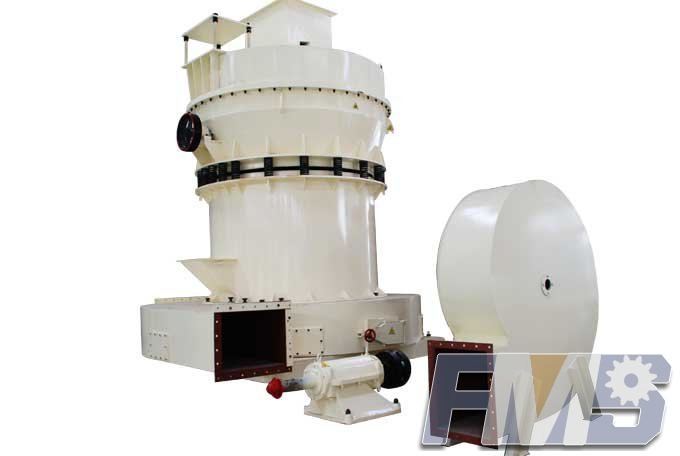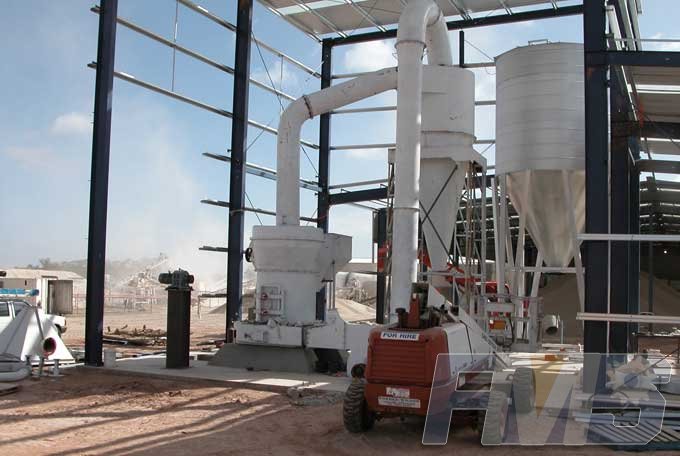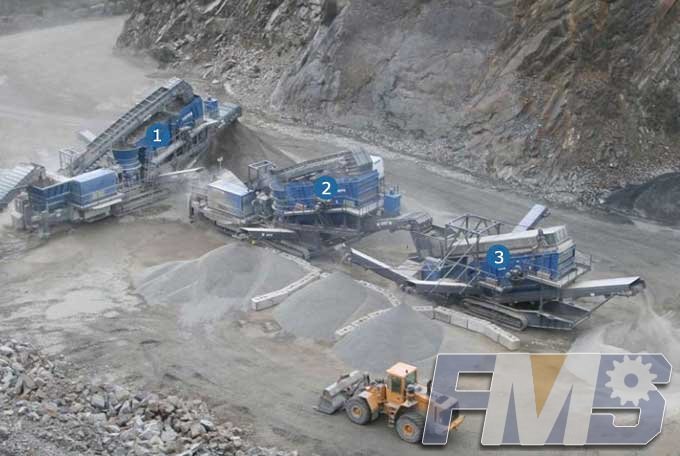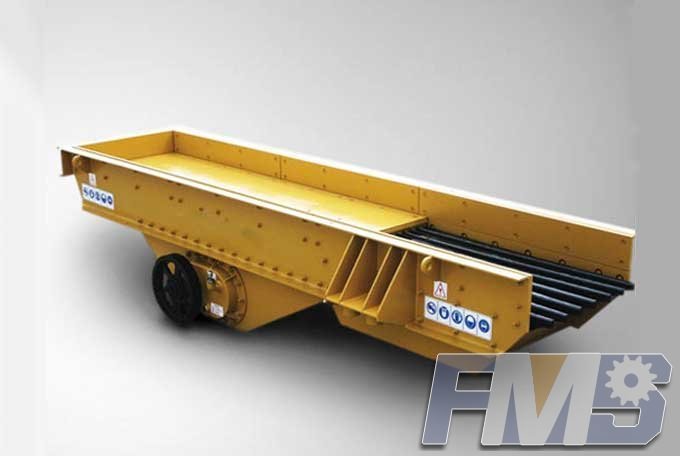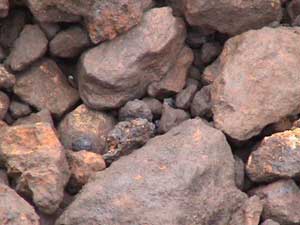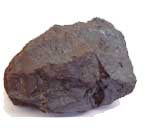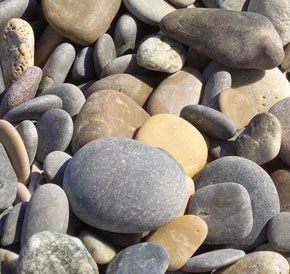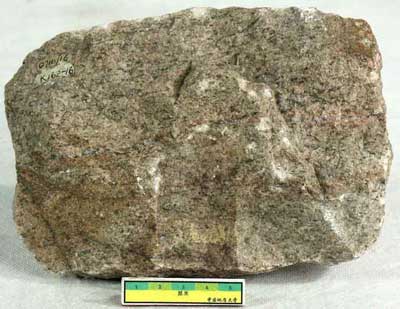Gravity Concentration
Although gravity concentration was once widely used in the beneficiation of iron ores, less than 1 percent of total domestic iron ore was beneficiated using this method by the early 1990s. The decline of this method is chiefly due to the low cost of employing modern magnetic separation techniques and the exhaustion of high-grade hematite iron ores of the Mesabi Range.
Gravity concentration is used to suspend and transport lighter gangue (nonmetallic or nonvaluable rock) away from the heavier valuable mineral. This separation process is based primarily on differences in the specific gravities of the materials and the size of the particles being separated. Values may be removed along with the gangue material (tailings) despite differences in density if the particle sizes vary. Because of this potential problem, particle sizes must be kept uniform with the use of classifiers (such as screens and hydrocyclones). Three gravity separation methods have historically been used for iron ore: washers, jigs, and heavy-media separators.
Wastes from gravity concentration are tailings made up of gangue in the form of coarse- and fine-grained particles and process water. This material is pumped as a slurry to a tailings pond. The solid content of the slurry varies with each operation, ranging between 30 and 60 percent. Following separation of solids in a tailings pond, tailings water can be recycled to the mill or discharged.
Tagged: Gravity Concentration
Get Detail Information:
(If you do not want to contact to our online customer service, please fill out the following form, Our client manager will contact you later. We will strictly protect your privacy.)


